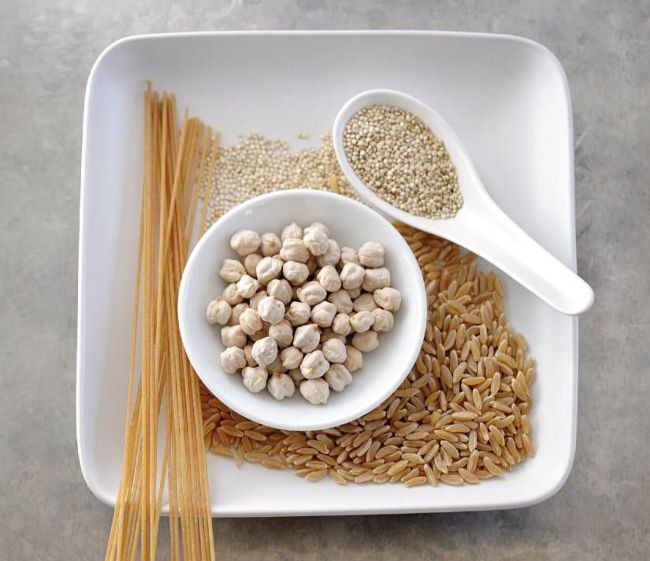MIND THE (FIBRE) GAP
We eat way too little of it, which is a big concern for our health. Here’s why you should up your daily intake, from chickpeas to wholewheat pasta

TANYA HAFFNER is a dietitian and the director of the Nutrilicious food and health consultancy;
nutrilicious.co.uk Since the F-Plan diet in the 1980s, and the days when it was known as ‘roughage’, we’ve learnt a lot more about fibre and its importance to health. Apart from helping keep us ‘regular’, aiding digestion and preventing constipation, a high-fibre diet has been linked to a lower risk of stroke, heart disease and bowel cancer, so it’s vital to get the message out there that fibre is seriously important. Especially as most of us aren’t getting anywhere near enough in our diets.
What we should be getting